The marginal wood fern, also known as the evergreen woodfern, leather wood fern, or marginal shield fern, is a resilient perennial from the Polypodiaceae family. Native to regions spanning Greenland, Canada, and the United States, this fern is celebrated for its tough, leathery fronds that remain lush and green year-round.
Highly adaptable, it thrives in a range of light conditions, from full sun to deep shade, and exhibits impressive drought tolerance. Its rootstock can occasionally rise above the soil surface, giving it a unique, tree-like appearance in the landscape. Ideal for gardeners seeking low-maintenance greenery, this fern is both versatile and visually striking.
| Common name | Evergreen Woodfern, Leather Wood Fern, Marginal Shield Fern, Marginal Woodfern, Marginal Wood Fern |
| Botanical name | Dryopteris marginalis |
| Family | Polypodiaceae |
| Species | marginalis |
| Origin | Greenland, Canada to U.S.A |
| Life cycle | Perennial |
| Plant type | Fern |
| Hardiness zone | 4, 5, 6, 7, 8, 9 |
| Sunlight | Dappled Sunlight |
| Maintenance | Low |
| Soil condition | Clay |
| Soil ph | Acid |
| Drainage | Well-Drained |
| Growth rate | Medium |
| Spacing | 12 in. – 3 ft. |
| Height | 1 ft. 6 in. – 3 ft. |
| Leaf color | Blue |
| Leaf benefit | Showy |
| Garden style | Native Garden |
| Uses | Naturalized Area |
I. Appearance and Characteristics
Dryopteris marginalis, vernacularly known as the marginal shield fern or marginal wood fern, is a perennial species of fern found in damp shady areas throughout eastern North America, from Texas to Minnesota and Newfoundland. It favors moderately acid to circumneutral soils in cooler areas but is fairly drought-resistant once established. In the warmer parts of its range, it is most likely to be found on north-facing non-calcareous rock faces.
It is common in many altitudes throughout its range, from high ledges to rocky slopes and stream banks. Marginal wood fern’s name derives from the fact that the sori are located on the margins, or edges of the leaflets.
Dryopteris marginalis has a wide distribution in the northeastern US. It was found for the first time in Minnesota in 1981, and likely was part of the native flora for a long time but overlooked because of its rarity and its close resemblance to related species. It is listed as a threatened species in Minnesota, not so much because the species is currently threatened, but because there is only one population found on an east-facing bluff composed of sandstone that is capped with limestone.
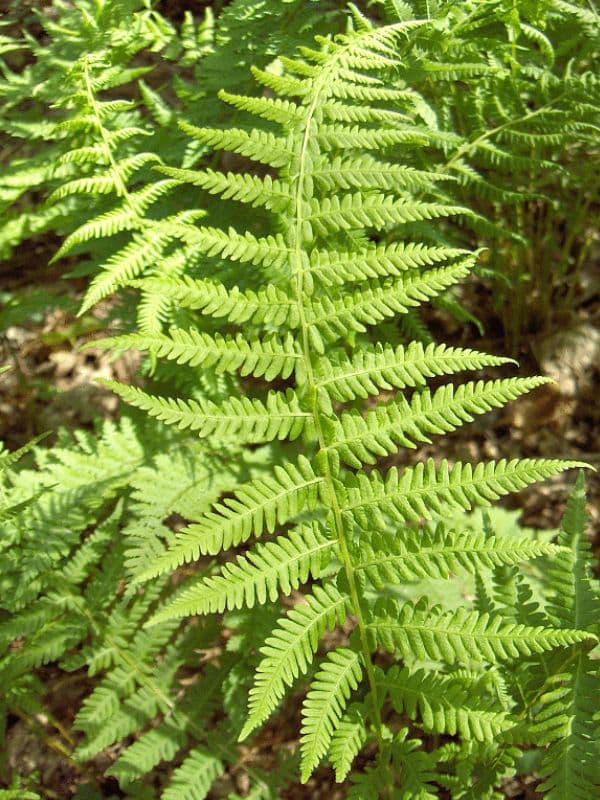
In other parts of its range it is found in woods, on talus-slopes, in rocky areas and walls, on wooded slopes and ravines, and at the edges of woods, streams and roads.
Dryopteris marginalis is an evergreen fern throughout its range, along with Christmas fern (Polystichum acrostichoides) it is one of the few evergreen ferns. Marginal wood fern grows from a clump with a prominent central rootstock, this rootstock may be exposed and give this fern the appearance of being like a small tree fern. Often, the dead leaves will accumulate beneath the plant.
The stipe, or stem which supports the leaf is approximately 1/4 the length of the leaf and covered in bright golden brown scales. The stipe itself is grooved on the upward-facing side and dark red-brown at the base and becoming green further up the leaf.
The leaf is a dark blue-green and thick and leathery in texture. It grows 1–2 ft in height and approximately 6 in wide. Each leaf is broken up into leaflets which are arranged on either side of the main stalk. The tips of these leaflets are generally curved toward the tip of the leaf.
These leaflets themselves are divided into sub leaflets which are blunt-tipped and either serrated or lobed. The fertile leaflets (leaflets bearing sori and spores) are similar to the fertile leaflets in size and appearance.
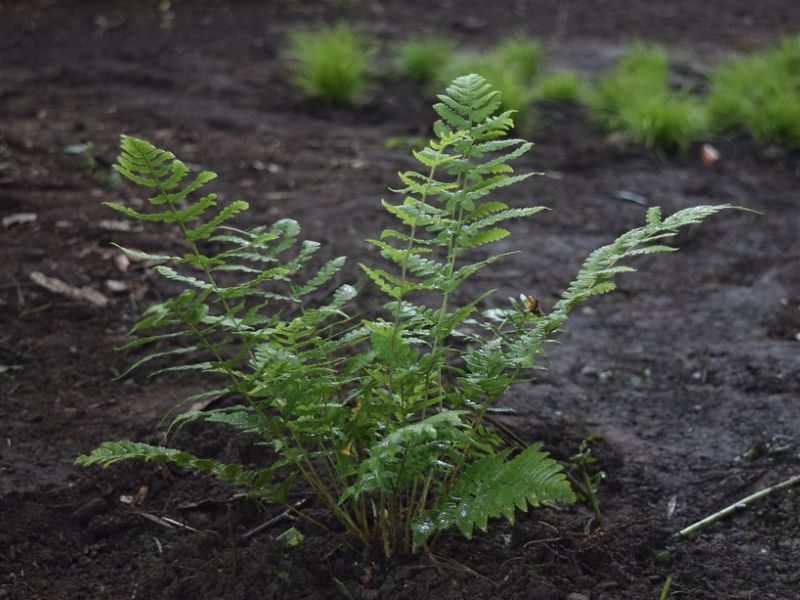
The round sori are located on the margins of the leaf tissue. Before the sori are ripe they start gray then they turn an interesting blue-violet color before finally turning brown when they are mature. The sori are covered in a kidney-shaped indusium which is smooth.
Dryopteris marginalis is grown in gardens in part to full shade, it is an evergreen non-spreading fern that forms a vase-shaped clump of leathery, deeply cut fronds. It is used in shade gardens, rock gardens, and native plantings. There are no serious insect or disease problems that affect it and it is winter hardy in USDA zones 3–8.
Dryopteris marginalis is known to form hybrids with 10 other species and some of the hybrids are common, they can be identified by the malformed spores and sori which are not quite on the margins of the leaves.
II. How to Grow and Care
Sunlight
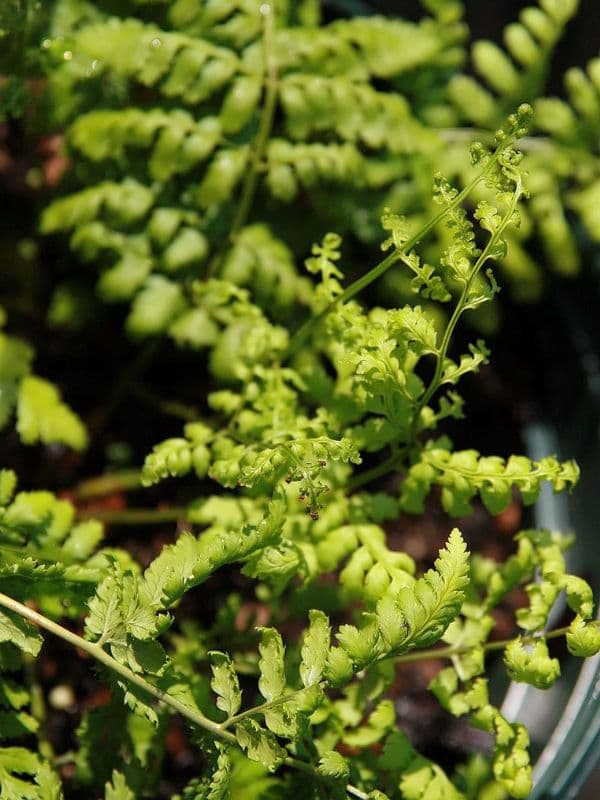
Marginal wood fern thrives in environments with partial sun, enjoying the dappled light that passes through the canopy in its natural woodland setting. This level of light is not only ideal for marginal wood fern’s energy needs but also prevents the scorching that can occur in more intense sunlight.
While marginal wood fern is tolerant of full shade, prolonged absence of adequate light can lead to suboptimal growth and a reduction in the plant’s vigor. With an innate resilience, marginal wood fern adapts to lower light by maintaining a robust, verdant frond structure. For outdoor planting, marginal wood fern is best positioned in spots that mimic its native habitat, with light that is filtered rather than direct.
Watering
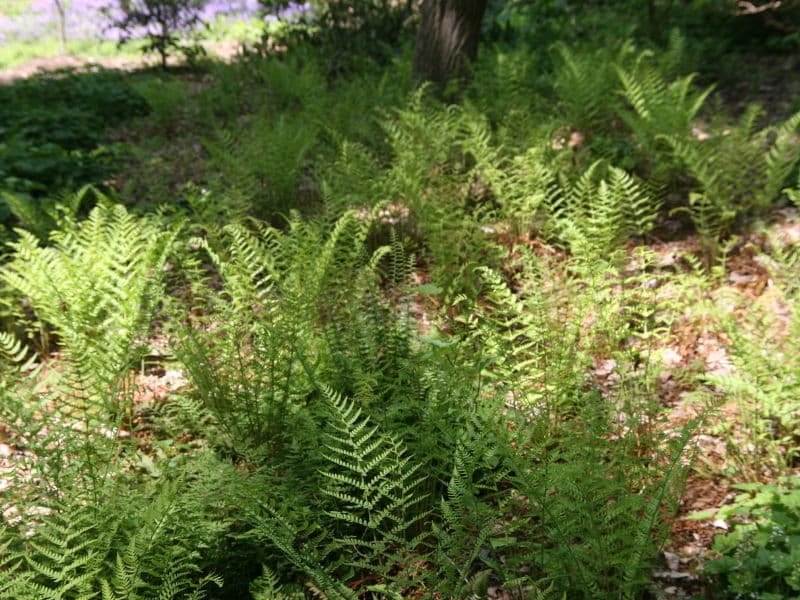
Marginal wood fern is a plant that thrives in humid environments, drawing much of its moisture from the ambient air. Its native habitat is often shaded and moist, suggesting a preference for damp conditions.
However, it exhibits relative balance in terms of water requirements, not needing excessive watering. The ideal watering schedule for this plant is once every week. Being an evergreen fern, marginal wood fern retains its foliage year-round and thus requires consistent hydration to maintain its lush appearance.
Fertilizing
For marginal wood fern, apply a balanced fertilizer sparingly in spring, respecting the delicate nature of its roots. Fertilization supports robust frond development and sustains health. Seasonal adjustments are paramount: cease feeding by late summer to prevent new growth that could be damaged by frost.

Use granular, slow-release fertilizers for controlled nourishment. Overfeeding can harm marginal wood fern, so always err on the side of under-fertilization, and ensure even distribution to avoid root burn. Novices should follow product instructions carefully, while experienced gardeners might prefer a diluted liquid fertilizer for precise application.
Find Where to Buy the Best Marginal Woodfern (Dryopteris marginalis)

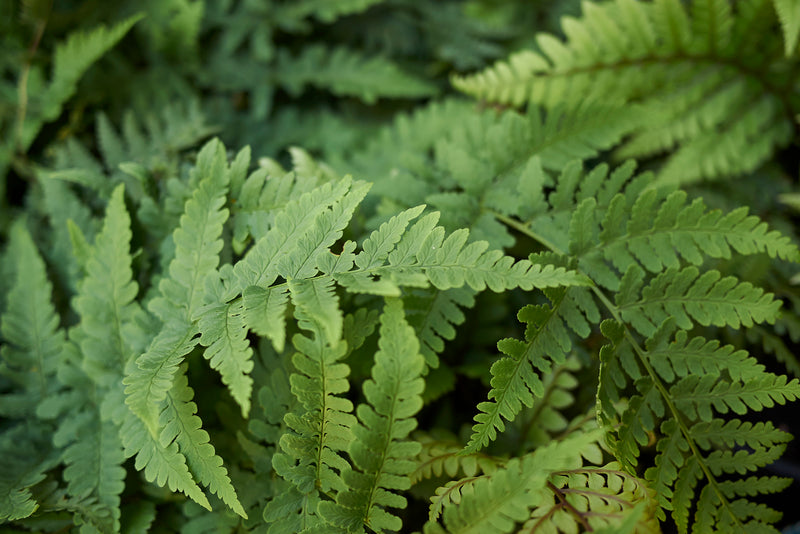

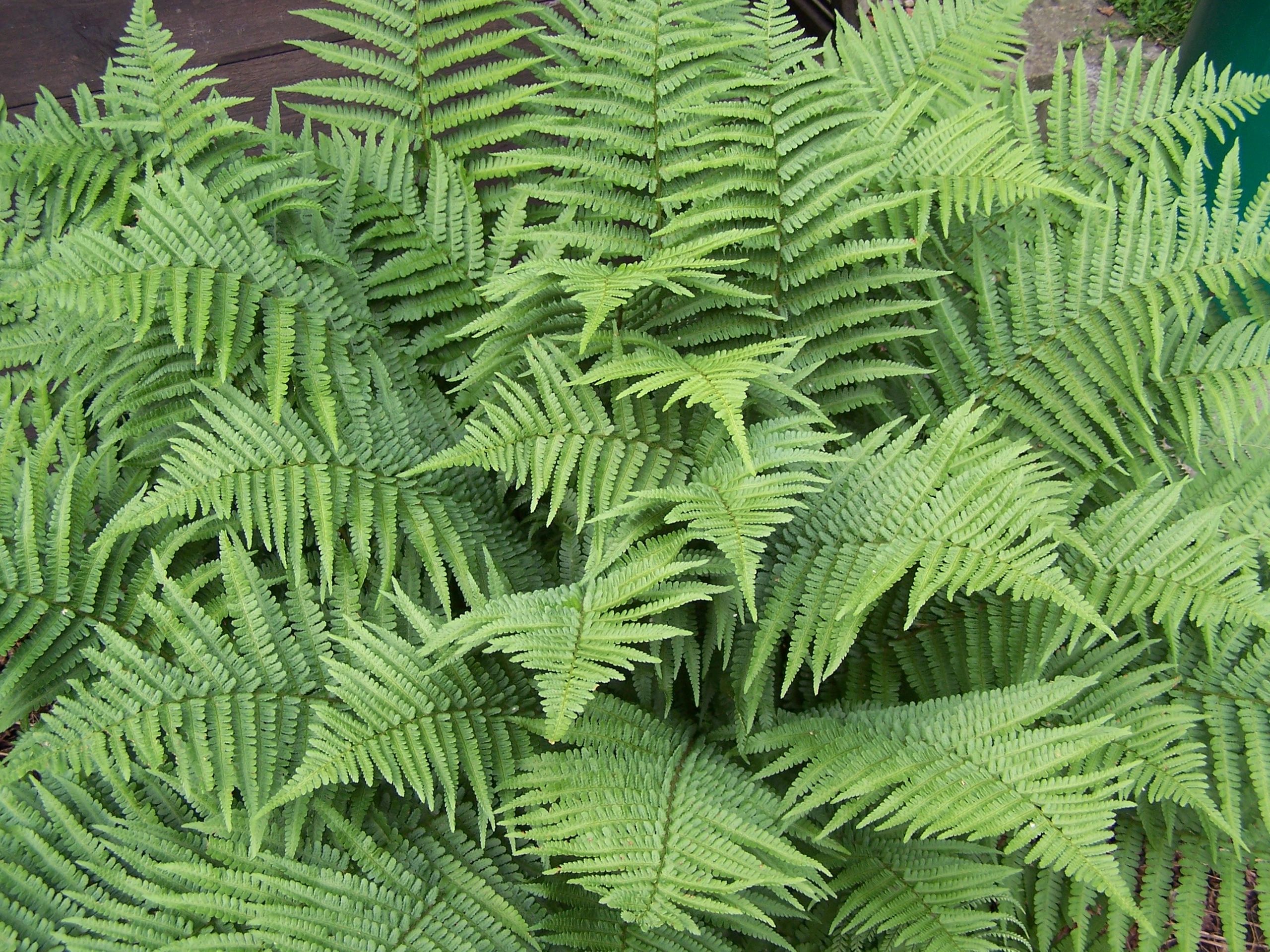


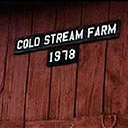
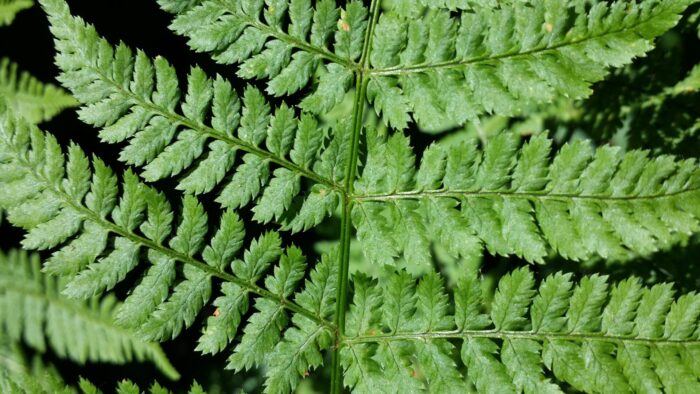
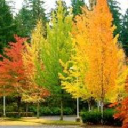









Leave a Reply